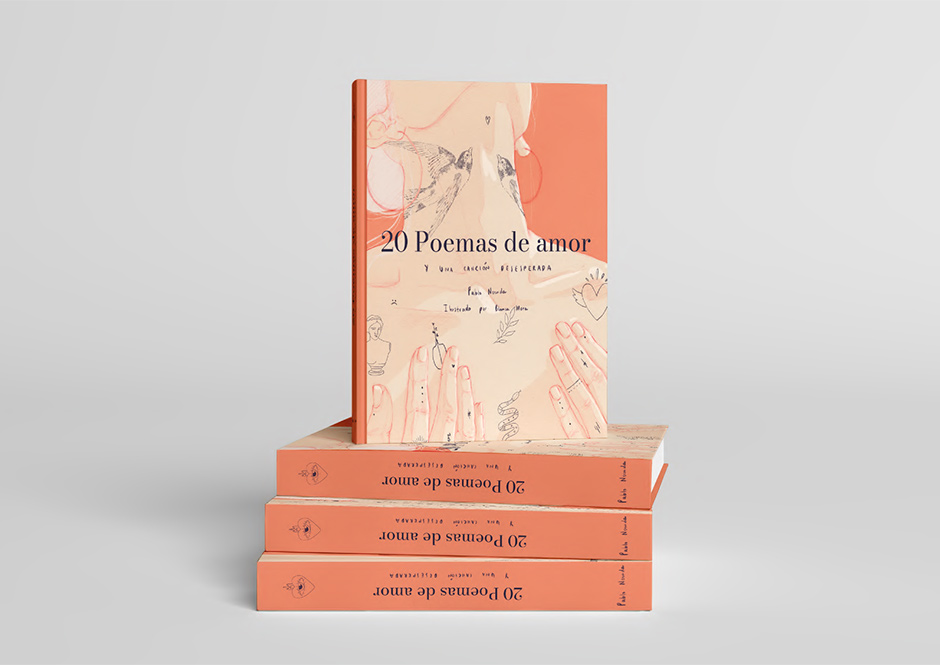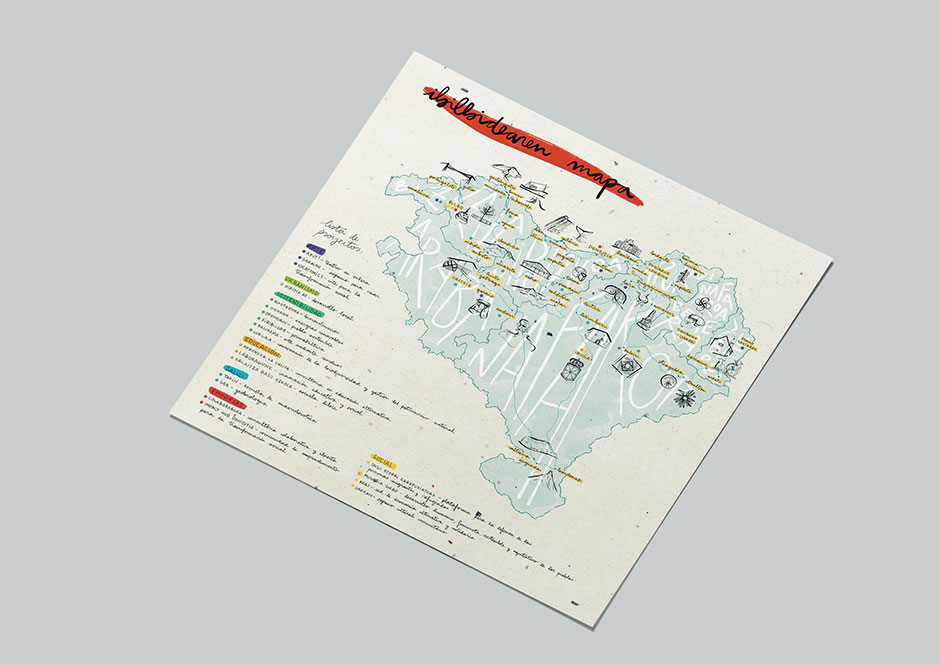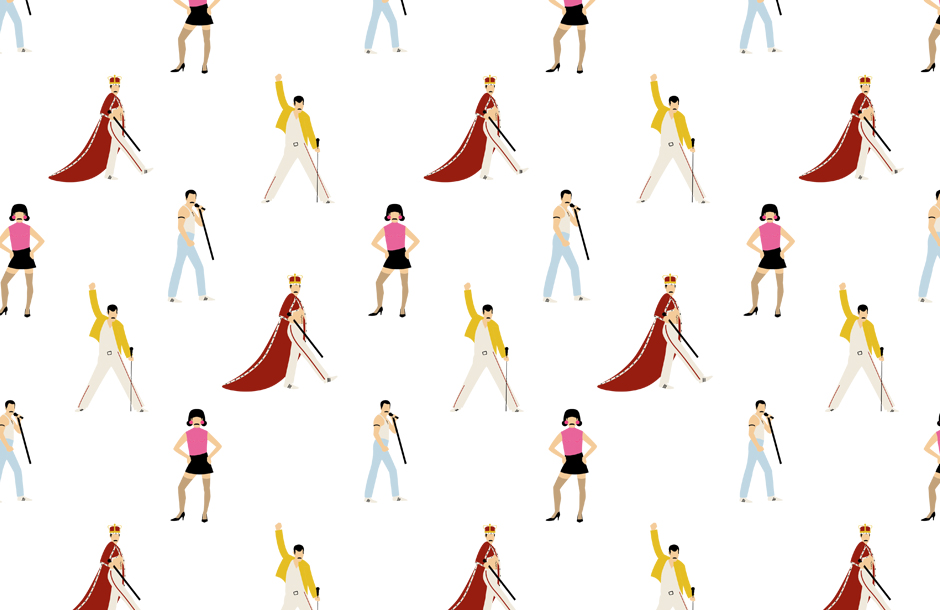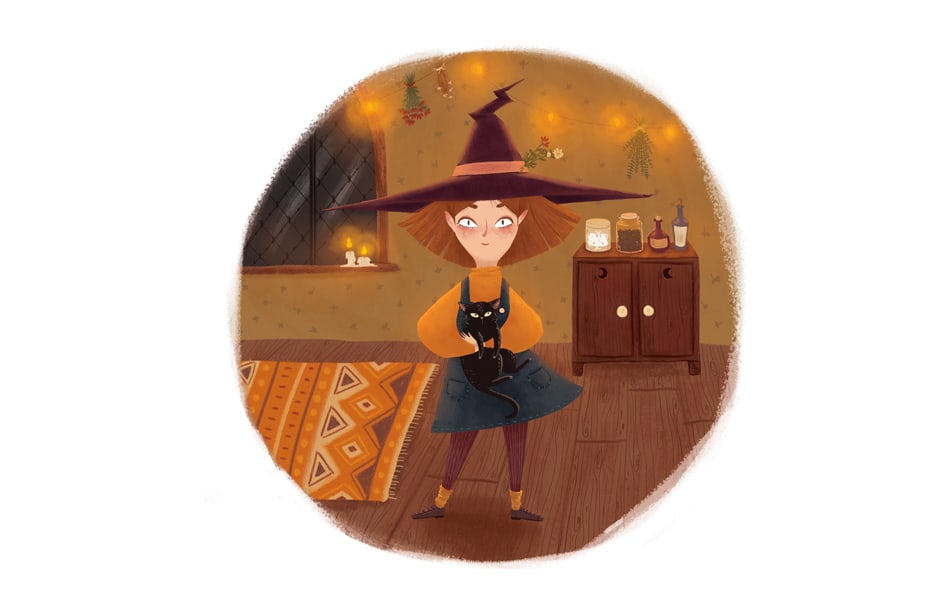
Postgraduate Degree in Illustration
Master and specialize in the specific techniques and fields of illustration to find and develop your own expressive language.
Description of the curriculum
- Edition: 15th
- Teaching period: from October 2024 to June 2025. Final master's project presentation: June 2025
- Schedule: Monday and Wednesday from 4 p.m. to 7 p.m.
- Modality: on-site
- Language: Spanish
- Price: 4.760 €
- Qualification: Postgraduate Degree in Illustration awarded by the Uvic-UCC
- Credits: 30 ECTS
Presentation
This postgraduate degree considers and delves into illustration as a relevant element in contemporary visual communication. Its presence in the media spreads into different areas and colonizes new supports.
Illustration is also a valuable means of artistic expression and a universal language in which to disseminate ideas with multiple applications and functions: from the adorning of opinion and information to the encouragement of reading.
The professional area in which illustrators will develop their professional activity comprises different areas of communication: advertising, the Press, literature, design, application to products, new audiovisual formats.
In this postgraduate degree the students will delve into the functions of illustration and its main fields and applications as well as into the figure of the illustrator and the value of the work of illustrators as providers of information, trend-setters, critics, historians or graphic witnesses who leave proof of something that took place at a particular moment.
Syllabus
This programme is made up of 8 modules that describe the different categories and functions of illustration, and concludes with a final project. In the modules the students will develop theoretical and practical contents with the creation of illustrations for the different areas of this profession.
The modules will be imparted by teachers, all of them well-known professionals in the illustration sector. They will suggest exercises from their own experience in their own fields: narrative, trends, new media, product, Press, comic, etc.
The modules will be completed with interventions, lectures and talks which, occasionally and throughout the course, will be given by working illustrators who are specialized in the different sectors of illustration.
Module 1 – Illustration in the press Module 2 – Illustration of trends Module 3 – Children's illustration. Narrative and literature Module 4 – Advertising. Graphic campaign Module 5 – Scientific illustration Module 6 – Packaging Module 7 – New media and formats Module 8 – The employment market
Programme
Module 1 – Illustration in the press
Illustration constituted the graphic content of magazines and newspapers from its appearance in the 19th century until the 1950s. The students will study the different applications of an illustrator's work in this field. They will analyse the function of illustration in the Press and in magazines as well as its main contemporary uses.
- Illustrations in the daily Press.
- Illustrations for an article in a Trends Press publication.
- The comic strip.
- Analysis and comprehension of a text.
- Development and gestation of graphic ideas.
- Past and present models: viewing of images.
Module 2 – Illustration of trends
Illustration, given its costumbrist nature, has been the main way to describe styles of life and clothing since the 18th century. Detached from the main subjects of painting, the work of an illustrator observes and recreates how people behave and live by analysing the trends in different everyday environments. Illustrations nourished the graphic content of fashion magazines until the appearance of photography, although illustration is still used today.
- The field of the Trends Press.
- A fashion collection: recreating and describing.
- Illustrations for an article in a Trends Press publication.
- Illustration for textile application.
- The human form: comprehension and representation through different technical and conceptual processes.
- Short history of fashion illustration.
Module 3 – Children's illustration. Narrative and literature
In the 19th century, with the improvements of reproduction techniques in England, began the rise of illustrated literature. Writers and illustrators worked together to unite their work, and illustration decorated and gave a new dimension to the book as a consumer article and a means of spreading ideas. Currently, the illustrated book is an indispensable tool for education and play and one of the illustrator’s main vehicles of expression.
- Illustrations in the field of narrative for adults and children.
- Technical and conceptual processes for developing illustrations.
- The illustrated book: composition and diagramming. Illustrations and cover of an illustrated book.
- Psychological and formal representation of the characters of a narrative work: character creation.
- The graphic novel and the sequential narrative.
- The narrative of the 20th century: the main illustrators.
Module 4 – Advertising. Graphic campaign
Since the 19th century, illustration has promoted products, decorated packages and recreated the philosophy and universe of trademarks. The advances of lithographical techniques launched posters as one of the great means of artistic expression, establishing the foundations of visual communication by focusing on large audiences. In the field of advertising, the illustrator generated idealizations of reality and materialized the spirit of products and trademarks, converting illustration into an important means of persuasion as well as a vehicle for expression and communication. The advertising campaign disseminated the work of artists in an unprecedented manner.
- A series of illustrations will be developed, starting from a hypothetical briefing for the graphic contents of a campaign.
- Briefing: analysis and comprehension.
- Communication strategy: process.
- The campaign: graphic development.
- Multiple supports: application.
- The budget.
- A short history of graphic campaigns.
Module 5 – Scientific illustration
The students will analyse the most technical application of illustration. The Renaissance painters became interested in the analytical representation of Nature and converted anatomical and botanical studies into one of the main artistic manifestations. During the 19th century, the rise of science demanded an infinity of exhaustive descriptions as instruments for research and understanding in different areas. Today, medicine, biology and engineering need the work of the illustrator for technical development, since infographic processes are the main tools of an illustrator, providing scientific drawings with greater descriptive and analytical rigour.
- Development of analytical skills.
- Infographic tools.
- Illustration of botanical/zoological topics.
- Pictorial tools.
- Introduction to hyperrealistic languages.
Module 6 – Packaging
The students will study how the revolution in printing techniques and the industrial production of goods generated a new market for designers and illustrators, of crucial importance in the 20th century, and which converted packaging into one of the main formats for visual communication. The decoration of packaging was to shake up popular culture by converting the product into a cultural referent, and by invading the collective popular imagination with an infinity of icons, endowing products with a huge emotive charge and a new dimension.
- The relationship between product and image.
- Design and illustration of a CD digipack.
- Non-figurative graphic resources.
- Introduction to typographic/calligraphic treatment.
Module 7 – New media and new formats
In recent years, graphic communication has been defined by the desire to search for new formats and strategies, and illustration has found its place in numerous new media. The new reprographic techniques have allowed illustration to be applied to many and different materials, which has allowed the illustrator's work to be spread widely. Illustrators have diversified the uses of their work among endless products and have managed to open a market that is becoming more and more extensive.
Occasional interventions from experts who will intervene and show their work applied to the latest trends in formats and media.
Module 8 – The employment market
Gaining access to the employment market is difficult, and we need information and mastery both of the social networks and of the platforms that will give visibility to the illustrator's work.
Participation of Gemma Cortabitarte, manager of APIC (Associació Professional d’I·lustradors de Catalunya).
Projects
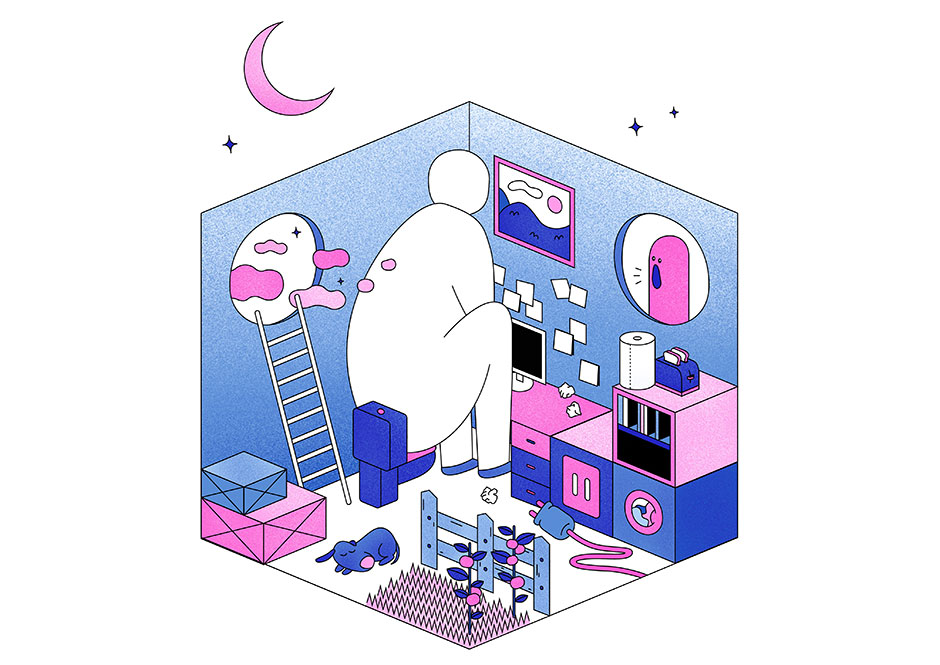
Ilustración en prensa e ilustración en packaging by Joana Dziezaski
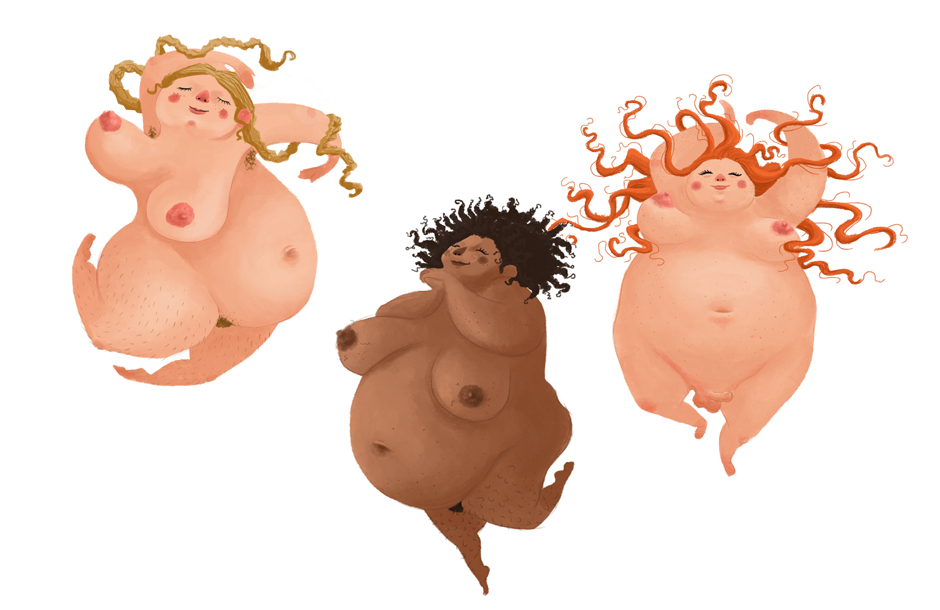
KE RO me, Red Lips for Valentine's and Marcos and Irene by Julia Brenes
Teachers
Coordinator
Berto Martínez
Illustrator
Coordinator of Graduate Illustration
Sito Mújica
A qualified Graphic Designer and visual artist
Xavi Ramiro
Illustrator
Chidy Wayne
Designer and Illustrator
Mamen Morillas
Illustrator
José Luis Merino
Illustrator specialising in the press
Carmen Segovia
Illustrator specialising in narrative and the press
Sonia Pulido
Bachelor's Degree in Fine Arts
Joan Miquel Bennassar
Illustrator
Gemma Cortabitarte
Bachelors's Degree in Journalism
Career opportunities
Illustrator in diferent fields:
- Press, narrative and literatura.
- Technical and scientific.
- Fashion and new trends.
- Packaging and Advertising.
Payment methods
Total cost of the course: 4.760 €
The total cost includes an amount of 200 € concerning the university fees, the administration expenses and the compulsory insurances.
Payment methods
BAU, Arts and Design College of Barcelona offers different terms of payment:
- Single payment
- Part payment, in 3 instalments:
- 1st payment, due on enrolment: consisting of 40 % of the fees excluding taxes. An amount of 200 € concerning the university fees is added to the resulting cost
- 2nd payment, due November 5: consisting of 30% of the course excluding taxes
- 3rd payment, due January 5: consisting of 30 % of the course excluding taxes
Students and former students of BAU benefit from 10% discount on any of the courses if they have exceeded at least 50% of the credits for a Degree, Higher Degree in Design or the Diploma in Graphic Design; or 100% of the credits for any of the Master’s or Postgraduate degrees.
More information about scholarships and grants.
Information about the registration process.
Academic regulations for Masters and Postgraduate Degrees of BAU.
Download the brochure
Enter your details and we will send you an email with the Postgraduate Degree in Illustration brochure.
